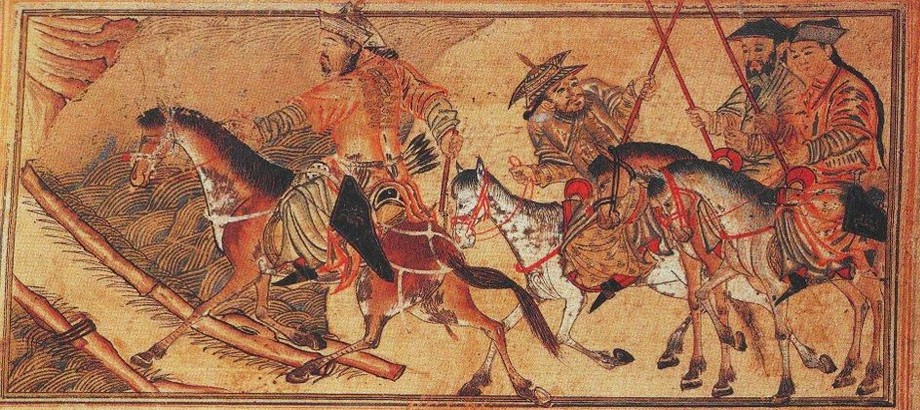Mongolian secret history
2020-11-30

One of the main sources of Mongolian history in 13th century and it is about the Great Mongolia empire founded by Genghis khaan.
The “Mongolian Secret history” is the official history of the Mongolian state written by Mongolians in the Mongolian script. The source of the "Mongolian Secret history" was written in 1228, when Ogedei Khan was proclaimed king. Researchers agree that the Mongolian Secret History was written in Mongolian, but the source we now have is a Chinese translation of Mongolian words preserved in the Ming Dynasty's letters. The Secret History of the Mongols is a chronicle written in the 13th century and is the most important and oldest medieval Mongolian text. Another shorter version is written in the Mongol language and was copied into the 16th-century CE Mongolian chronicle Altan Tobci (Nova). In addition, there is a surviving fragment from Tibet of the original Uighur-script version.
The book covers the origins of the Mongol people, the rise to power and reign of Genghis Khan (1206-1227) and the reign of his son and successor Ogedei Khan (1229-1241). Also the source focuses on the history of classic encyclopedia of the ancient Mongols' political, social, legal, military, linguistic, literacy, religion, customs, and tribes. In 1989, it was inscribed on the UNESCO World Heritage List and was recognized as a valuable cultural heritage not only by Mongolians but also by nomadic peoples.
Written from a Mongolian perspective, unlike most other medieval sources on the Mongol Empire, the work is an invaluable record of their legends, oral and written histories and, with its treatment of Genghis Khan and his imperial orders, it gives a unique insight into one of the most important leaders in world history. The title includes the word ‘secret’ because either only members of the imperial family and those given special favour or only Mongols were permitted to read it.
In 2004, the second President of Mongolia, N. Bagabandi, issued a decree calling on all people to respect and study the “Mongolian Secret History”. The "Mongolian Secret Diary" has long been studied by many countries and has been translated into English, Russian, Japanese, French, German, Hungarian, Czech, Finnish, Australian, American, Chinese, Korean, Turkish and Spanish. He has also been the subject of numerous scholarly works by international scholars. In Mongolia, as early as 1917, Tsend Gun translated the "Mongolian Secret Diary" into Mongolian and made it available to the public. In 1947, academician Ts. Damdinsuren translated it into modern Mongolian and made it available to all readers.
Since the 1990s, Mongolian scholars & historians have written numerous articles explaining the “Mongolian Secret History” published. Today, the “Mongolian Secret History” research has developed into an independent field of research and has been published internationally in many fields, including history, politics, language, literature, and religion.



